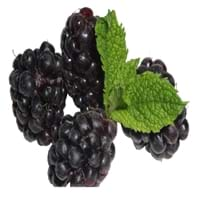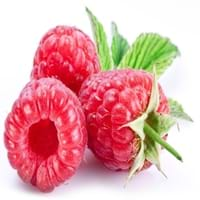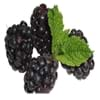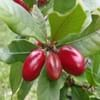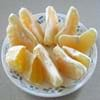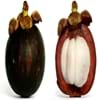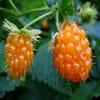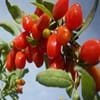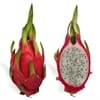Health Benefits
Cancer prevention, Heart care, Kidney stone treatment, Skin rejuvenation, Treatment of alzheimer's disease
Cancer prevention, Heart care, Prevents macular degeneration, Reduces blood circulation problems
General Benefits
Boosts immune system, Digestive aid, Improves eye vision
Anti-inflammatory properties, Controls blood sugar levels, Digestive aid, Eye care, Helps in weight loss
Skin Benefits
Anti-aging benefits, Reduces wrinkles, Skin rejuvenation
Anti-aging benefits, Brightens and lightens complexion
Hair Benefits
Protects hair
Acts as moisturizer, Regulates hair growth, Shiny hair
Allergy Symptoms
NA
Breathing difficulty, Eczema, Hives, Itching, Nasal congestion, Runny nose, Sneezing, Watery eyes, Wheezing
Side Effects
Decrease in blood sugar levels
Allergic reaction
Best Time to Eat
As a snack in the late afternoon, Don't consume at night and before bed, Eat the fresh ones, avoid mixing with any other foods, don't eat after meal., Morning time (before lunch)
Best if taken as a breakfast (or empty stomach), As a snack in the late afternoon, Don't eat after meal, Morning time (before lunch)
Vitamin B5 (Pantothenic Acid)
Vitamin C (Ascorbic Acid)
Vitamin K (Phyllochinone)
Calories in Fresh Fruit with Peel
Calories in Fresh Fruit without Peel
Not Available
Not Available
Calories in Frozen Form
Not Available
Calories in Dried Form
Not Available
Calories in Canned Form
Not Available
Season
Spring, Summer
Summer
Varieties
Thorn and Thornless
Amity, August Red, Boyne, Canby, Caroline, Comet, Dinkum, Dorman Red, Latham, Meeker, Black Hawk, Hayda, Lauren, Meeker and Latham
Color
Black, Purple, Purplish black
Black, Purple, Red, Yellow
Inside Color
Magenta
Pink
Origin
America
Europe, North Asia
Climatic Conditions
NA
Cold
Facts about
NA
- There are more than 200 varieties of raspberries.
- In USA, 90% of the raspberries are grown in Washington, California and Oregon.
- They do not ripe after they are picked.
- A raspberry contain 100 to 120 seeds.
Other Countries
NA
Azerbaijan, Canada, Mexico, Poland, Serbia, Spain, Ukraine, United Kingdom, United States of America
Top Importer
China
United States of America
Top Exporter
New Zealand
Poland
Botanical Name
Rubus ursinus x idaeus
Rubus Idaeus
Synonym
Not Available
Not Available
Subkingdom
Tracheobionta
Tracheobionta
Division
Magnoliophyta
Magnoliophyta
Class
Magnoliopsida
Magnoliopsida
Species
R. ursinus x idaeus
R. idaeus
Difference Between Boysenberry and Raspberry
We might think that Boysenberry and Raspberry are similar with respect to nutritional value and health benefits. But the nutrient content of both fruits is different. Boysenberry and Raspberry Facts such as their taste, shape, color, and size are also distinct. The difference between Boysenberry and Raspberry is explained here.
The amount of calories in 100 gm of fresh Boysenberry and Raspberry with peel is 50.00 kcal and 53.00 kcal and the amount of calories without peel is Not Available and Not Available respectively. Thus, Boysenberry and Raspberry belong to Low Calorie Fruits and Low Calorie Fruits category.These fruits might or might not differ with respect to their scientific classification. The order of Boysenberry and Raspberry is Rosales and Rosales respectively. Boysenberry belongs to Rosaceae family and Raspberry belongs to Rosaceae family. Boysenberry belongs to Rubus genus of R. ursinus x idaeus species and Raspberry belongs to Rubus genus of R. idaeus species. Beings plants, both fruits belong to Plantae Kingdom.
